
Test Report for the US UL62368 Standard
In the rapidly changing world of digital technology, safety standards for audio/video and ITE products are continually updated to reflect these changes. With the introduction of ul 62368-1, the product safety approach for these products is shifting from a prescriptive to a hazard-based approach. This hazard-based UL 62368 standard offers greater flexibility in product design and makes it easier to introduce new technologies.
UL 62368-1 is a hazard-based standard that will eventually replace existing standards: IEC/EN/UL/CSA 60065 for audio, video, and similar electronic equipment and IEC/EN/UL/CSA 60950-1 for information technology equipment. This new standard applies to a wide range of high-tech products, from consumer electronics to office equipment, providing greater design flexibility and facilitating the introduction of new technologies. The effective date for UL 62368-1 in the US and Europe is December 20, 2020. Non-compliant products cannot be sold in major markets after this date, so plan ahead to ensure your products obtain the 62368-1 report and avoid costly delays.
Products CoveRED by UL 62368
The new UL62368 standard covers a wide range of high-tech products, including:
- Computer and Network Products: Servers, personal computers, routers, laptops, tablets, and their power supplies;
- Consumer Electronics: Amplifiers, home theater systems, digital cameras, and personal music players;
- Monitors and Display Devices: Monitors, TVs, and digital projectors;
- Telecom Products: Network infrastructure equipment, cordless and mobile phones, and similar communication devices, including battery-powered equipment;
- Office Equipment: Copiers and shredders;
- Similar Types of Audio/Video, Information, and Communication Technology Equipment: Equipment used in homes, schools, data processing centers, commercial, and professional environments.
UL 62368 Report Testing Items
1. Input/output testing;
2. Leakage current measurement;
3. Risk of electric shock;
4. Normal and abnormal temperature tests;
5. Abnormal testing (Class P) - Fault condition tests for electronic ballasts (Class P);
6. Dielectric voltage withstand test;
7. Drop test;
8. Impact test;
9. Strain relief test;
10. Mold stress test;
11. Humidity test;
12. Water-spray test.
UL 62368 Report Processing Steps
1. Project Determination: Confirm the styles and number of models to be applied for;
2. Document Preparation: Provide necessary product information, including model list, product drawings, product photos, and materials;
3. Sample Testing: Develop a corresponding test certification plan based on the product information, confirm the testing items, and send samples;
4. Report Issuance: Officially issue the test report once the product test results meet UL standards;
5. Factory Audit: UL will conduct an initial factory inspection to ensure compliance with the standards;
6. Mark Usage: Once the audit requirements are met, the applicant is officially authorized to use the UL mark and receives the certificate, completing the project.
China JJR Laboratory is an IEC 17025 authorized laboratory located in China, offering competitively priced ul 62368 testing services, which can help you save 20% on certification testing costs.
Email:hello@jjrlab.com
Write your message here and send it to us
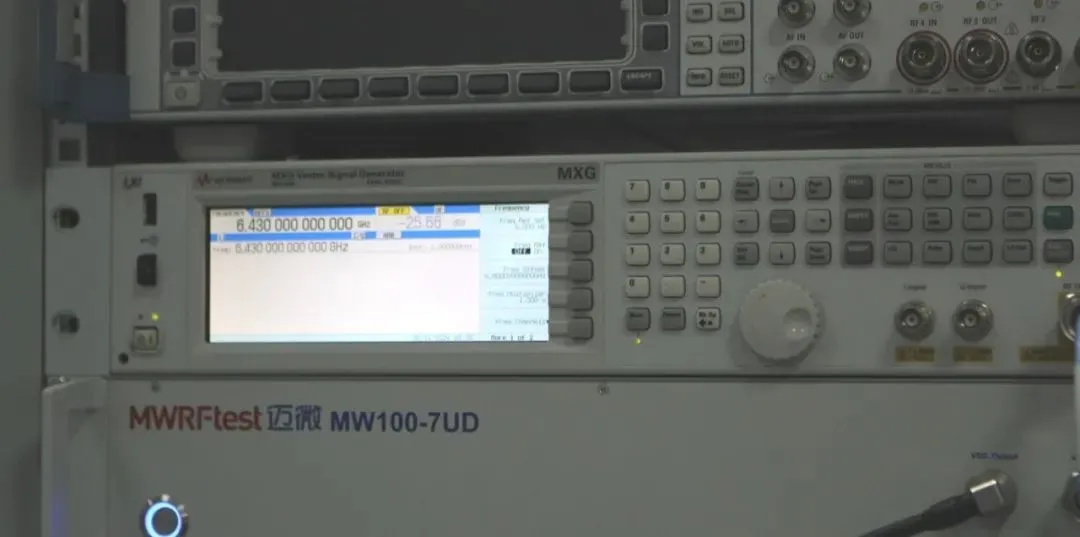 SOR/2018-186 Playpen Compliance
SOR/2018-186 Playpen Compliance
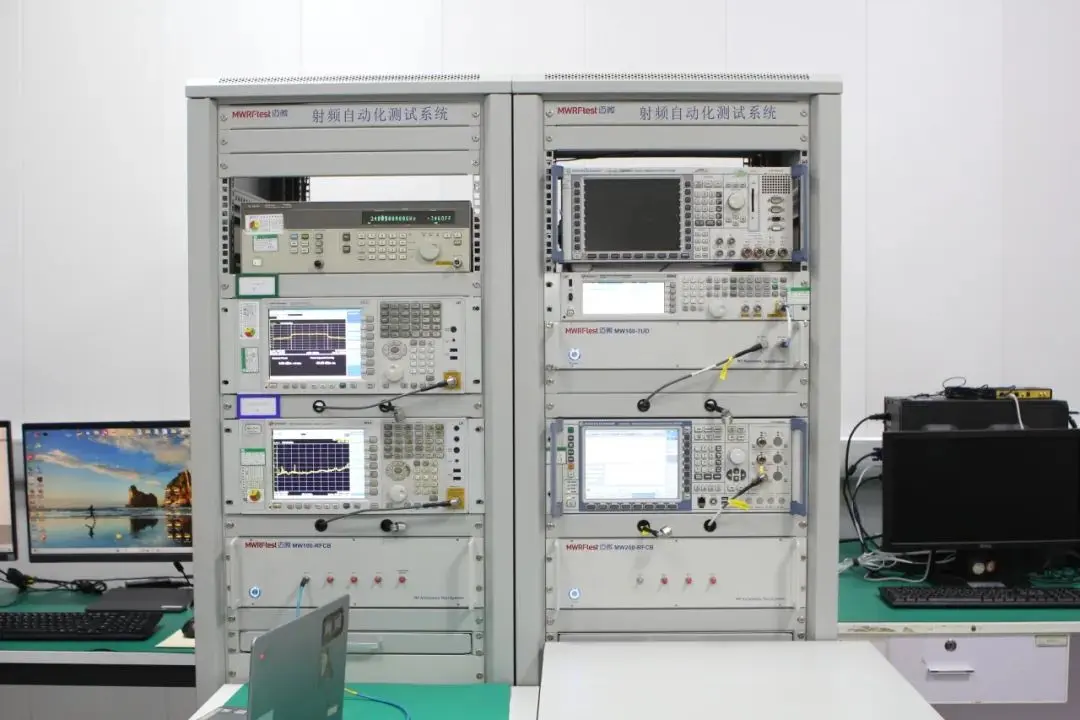 Amazon Mattress 16 CFR 1633 Compliance
Amazon Mattress 16 CFR 1633 Compliance
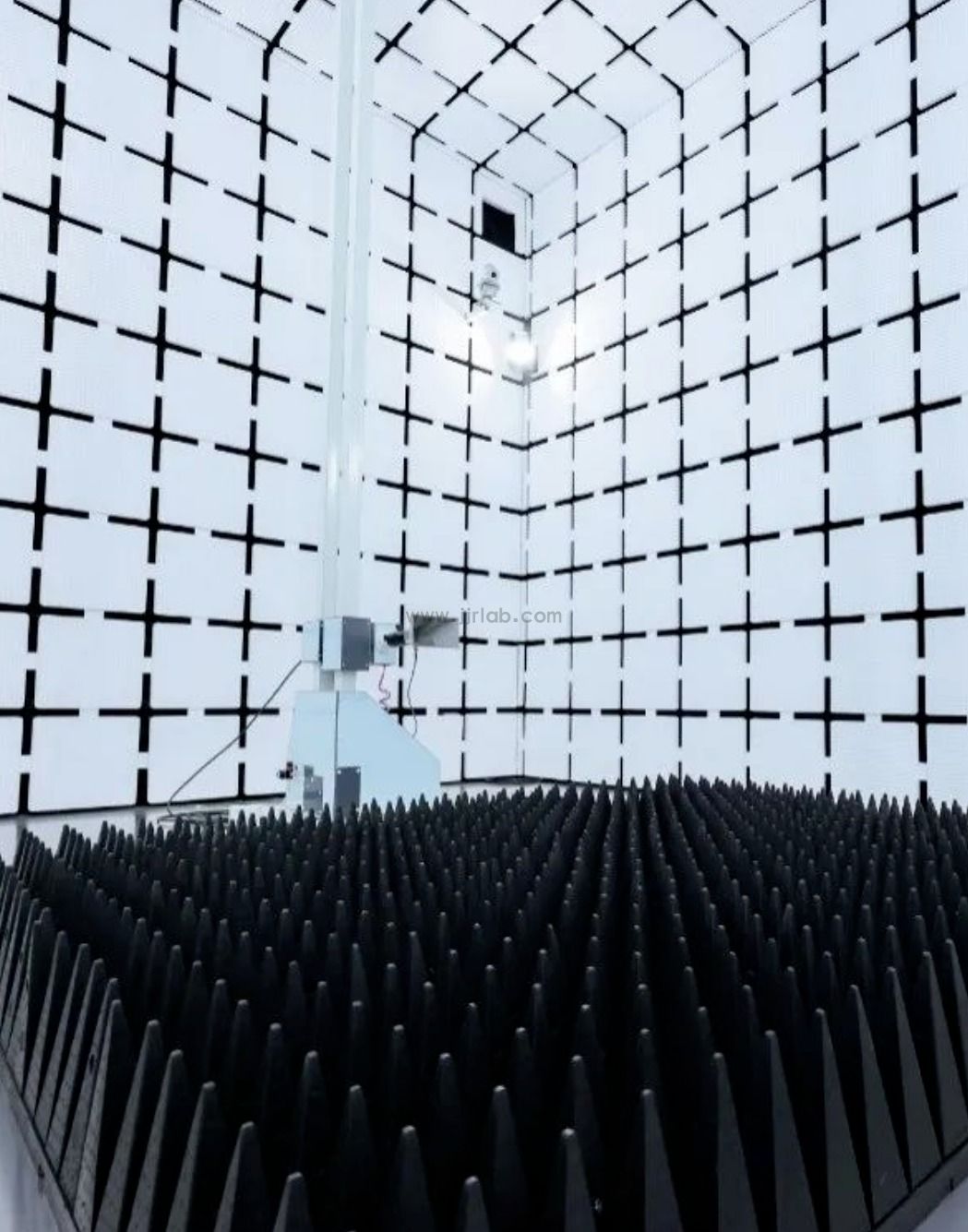 What is Amazon TIC Direct Validation?
What is Amazon TIC Direct Validation?
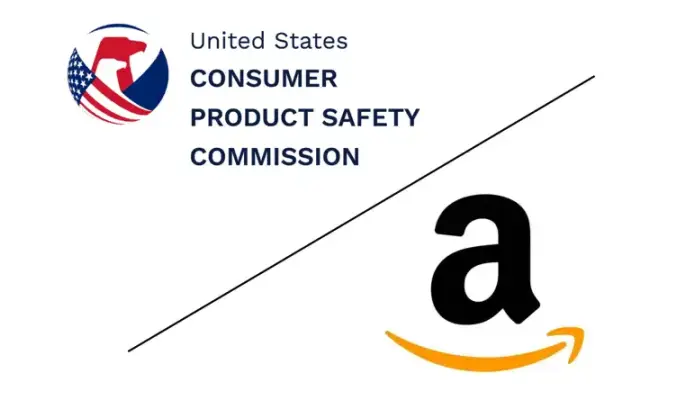 Amazon Baby Sleeping Bag CPC Certificate Complianc
Amazon Baby Sleeping Bag CPC Certificate Complianc
 Infant Swings 16 CFR 1223 & ASTM F2088 Testing
Infant Swings 16 CFR 1223 & ASTM F2088 Testing
 Amazon TIC Direct Validation Operation Guide
Amazon TIC Direct Validation Operation Guide
 Portable Power Outlet Australian SAA Certification
Portable Power Outlet Australian SAA Certification
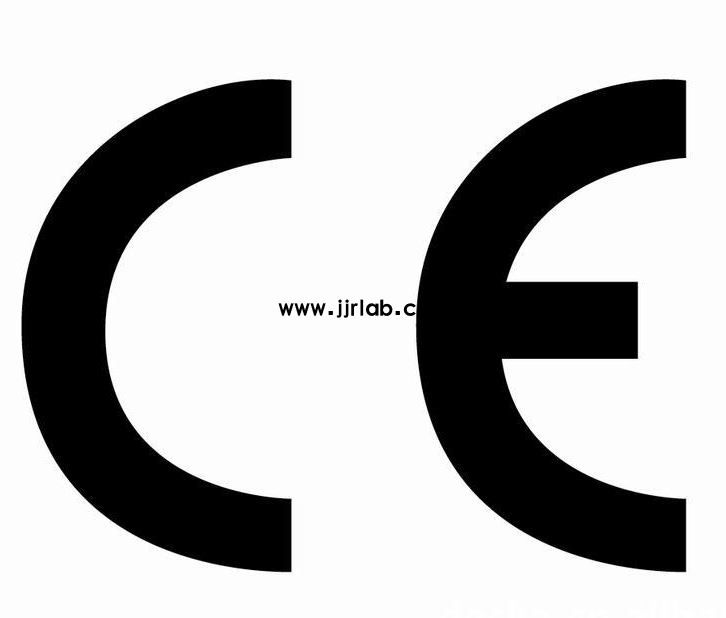 CE Certification for Exporting Game Consoles to th
CE Certification for Exporting Game Consoles to th
Leave us a message
24-hour online customer service at any time to respond, so that you worry!




